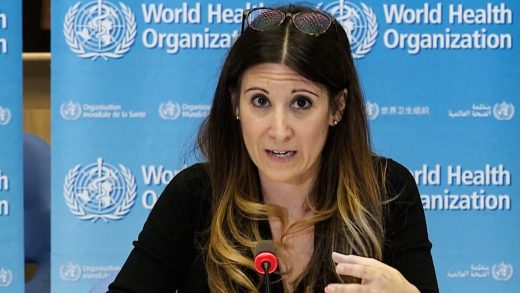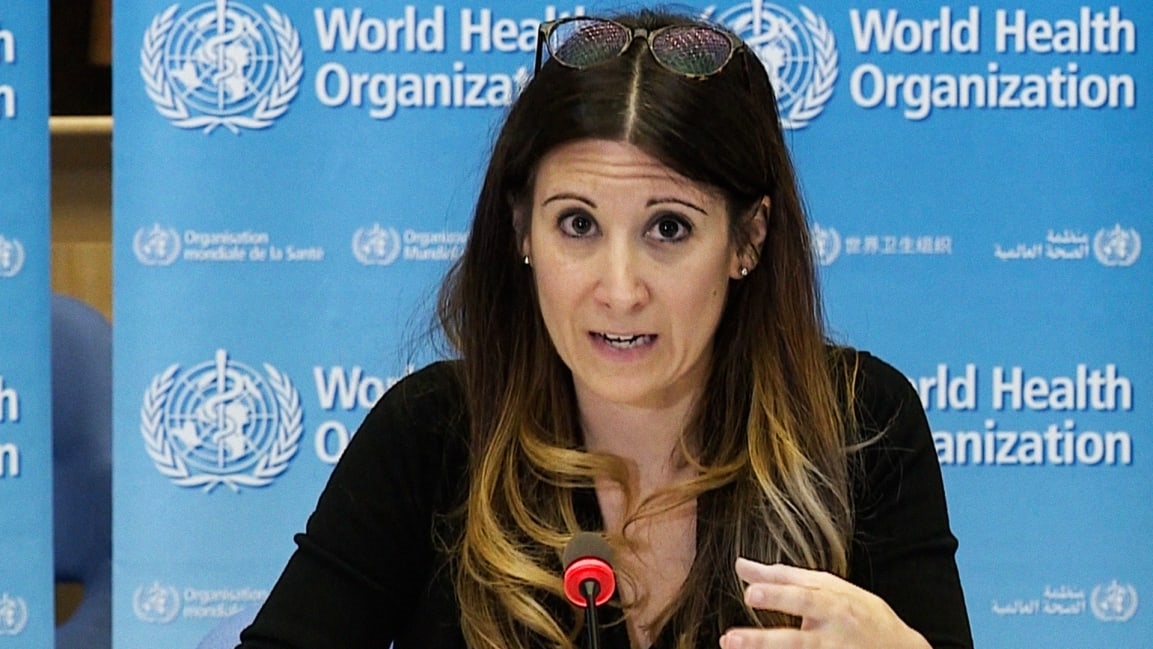WHO mea culpa: Sorry, but asymptomatic COVID-19 transmission may not be rare
In a press conference this morning, the World Health Organization clarified a statement it had made a day earlier regarding research on the asymptomatic spread of COVID-19.
On Monday, epidemiologist Dr. Maria Van Kerkhove had said that asymptomatic transmission was “very rare,” setting off a firestorm of conflicting information from health experts around the world. Today Van Kerkhove clarified further. “What I didn’t report (June 14, 2020) was that because there’s so many unknowns around this, some modeling groups have tried to estimate the proportion of asymptomatic people that may transmit, and . . . some estimate around 40% of transmission may be due to asymptomatic [transmission]. And I didn’t include that in my answer (June 14, 2020).”
In short: no one knows. “It’s clear that both symptomatic and asymptomatic individuals are part of the transmission. So the question is, what is the relative contribution to the overall number of cases?” says Dr. Michael Ryan, executive director of the WHO health emergencies program.
The concept of “asymptomatic” is particularly tricky and can be applied differently in different studies. Someone with very light symptoms may consider themselves asymptomatic, or confuse asymptomatic with pre-symptomatic. And asymptomatic patients often fly under the radar, coming to be identified only through heavy population testing or when they’re in the same household as ill patients. Van Kerkhove heads WHO’s emerging diseases and zoonosis unit. She said that early information indicates that many asymptomatic patients may be younger, but she emphasized that much is unknown.
WHO gathers information from a variety of sources, including published papers, preprinted studies, ongoing teleconferences with hundreds of scientists and public health officials, and data from member states.
Both Ryan and Van Kerkhove emphasized that their press conferences are part of a developing, transparent narrative. “I think it’s important that people understand that what we do here . . . it’s science, it’s debate, it’s public health, it’s practical, it’s iterative, it changes all the time, and it’s dynamic,” said Van Kerkhove.
(6)



